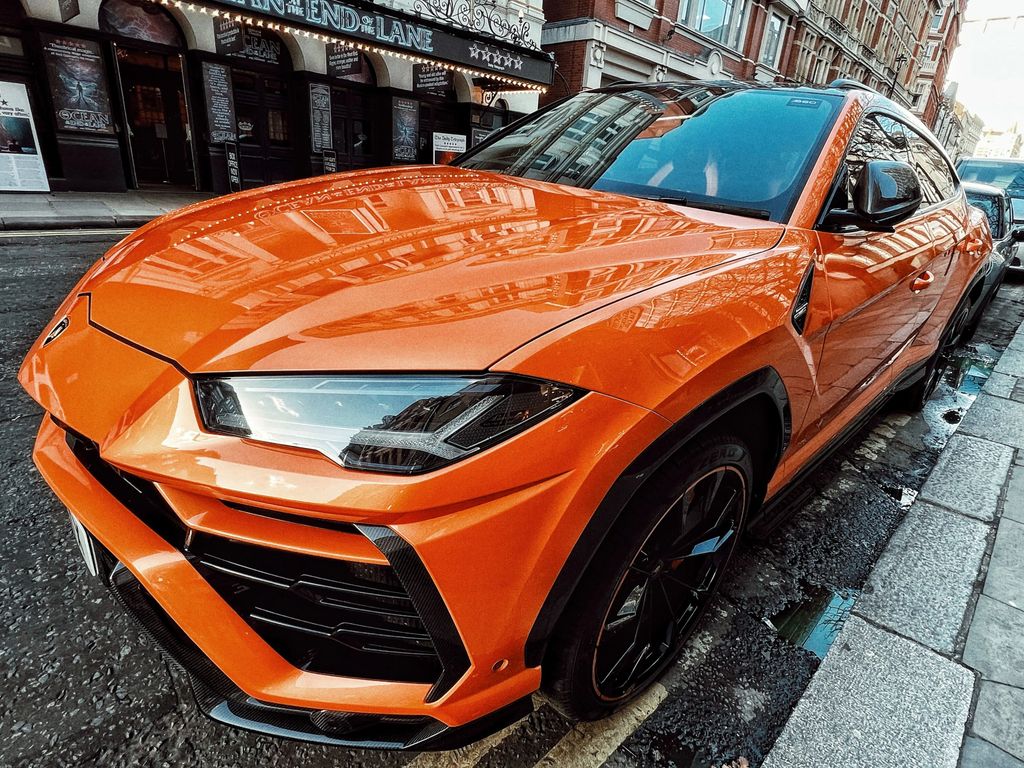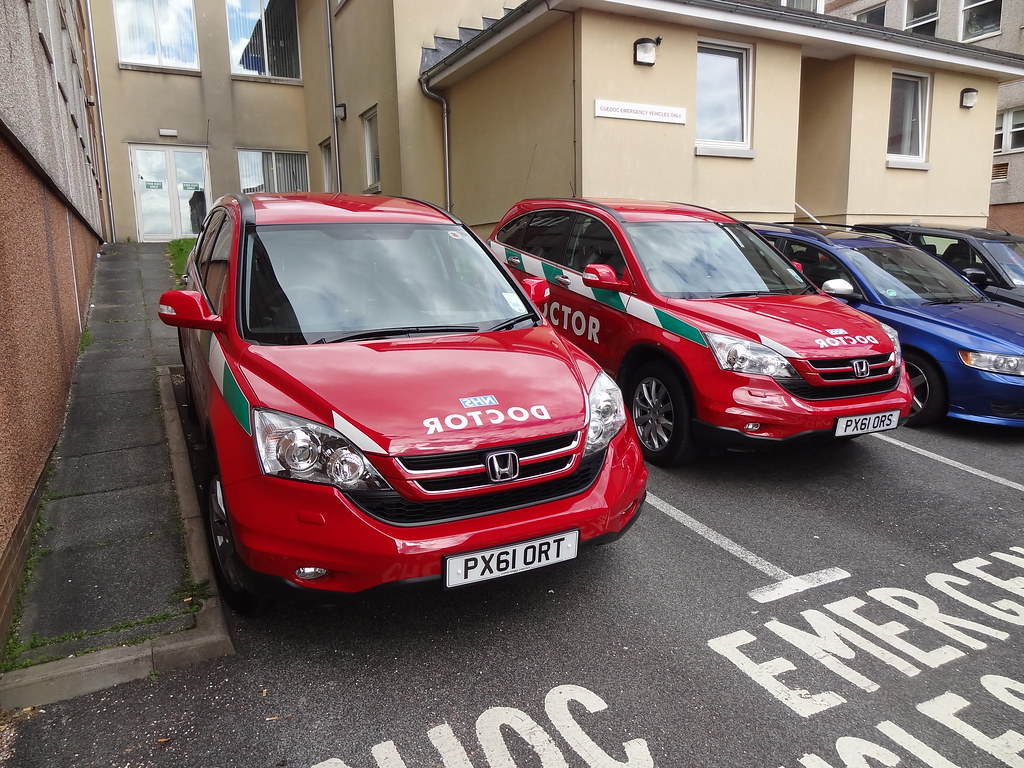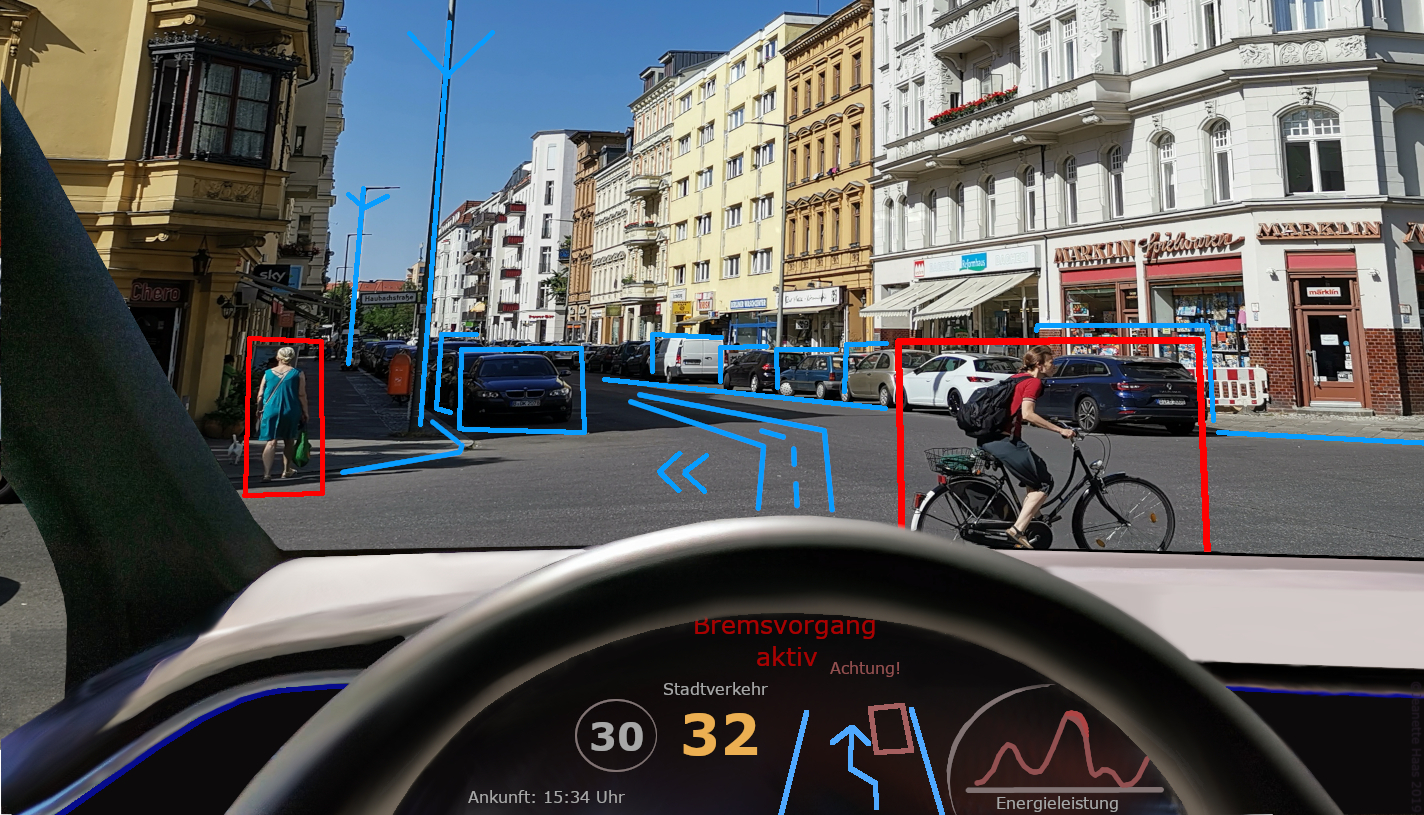
The automotive industry is currently experiencing a profound technological revolution, rivaling the push towards electrification, with an ambitious goal: the advent of totally self-driving cars. While fully autonomous vehicles without any driver supervision are not yet available for sale in North America, the landscape of driving is rapidly transforming through the widespread integration of advanced driver assistance systems (ADAS). These Level 2 systems, which combine technologies like adaptive cruise control (ACC) and lane-centring assist (LCA), are now a standard offering in more than half of all new cars sold in the US and Canada, promising to keep vehicles centered in their lane and at a safe distance from other road users with minimal driver input.
Yet, as these semi-autonomous features become increasingly common, a critical question emerges: how safe and effective are they truly? This question is at the heart of recent rigorous evaluations by Consumer Reports, a renowned authority for unbiased product assessment. Their comprehensive test of twelve of the most advanced driver assistance systems on the market provides invaluable insights into their performance across various criteria, offering a fact-based analysis that cuts through marketing claims to empower consumers with reliable information.
Understanding these systems goes beyond just their capabilities; it delves into how they handle real-world scenarios, from maintaining driver engagement to responding to unresponsive drivers, and crucially, how intuitively they communicate their operational status. The findings are not just a list of features; they represent a detailed examination of the strengths and weaknesses of each system, highlighting the sophisticated engineering behind them while also revealing areas where safety and usability remain significant concerns for the average driver. Join us as we explore the top contenders and uncover what these systems truly mean for safety and convenience on our roads.

1. **Ford BlueCruise / Lincoln ActiveGlide**
Ford’s BlueCruise, also known as Lincoln ActiveGlide, stands out as a leading contender in the realm of driver assistance technology, notably outperforming GM’s SuperCruise in Consumer Reports’ rigorous evaluations. The system garnered an impressive 84 out of a possible 100 points, distinguishing itself as the best in two of the five testing categories and securing second place in all others. This strong performance underscores its advanced capabilities and robust safety features, setting a high bar for the industry.
A key element contributing to BlueCruise’s superior safety rating is its integrated driver monitoring camera. This camera diligently ensures that the driver remains attentive and focused on the road ahead, a crucial safeguard that elevates its operational safety above systems relying solely on steering wheel pressure. Furthermore, the system is designed to proactively prompt the driver to place their hands back on the steering wheel well before encountering tricky situations, such as sharp curves or merging traffic, thereby enhancing preparedness and reducing potential risks. Testers also praised BlueCruise for its smooth steering inputs and its remarkable ability to consistently keep the car precisely in the center of its lane, even when navigating challenging curves. Adding to its user-friendliness, the technology clearly indicates when it is activated and safe to use through incorporating geofencing measures, providing drivers with transparent operational feedback.
However, even a top-performer like Ford BlueCruise has its limitations, particularly in the critical “unresponsive driver” category. In scenarios where a driver becomes unresponsive—perhaps due to falling asleep or a medical emergency—the system’s response falls short of ideal. BlueCruise will only slow the vehicle to 6 mph (10 km/h) and continue driving in its lane indefinitely, without activating the hazard lights or initiating a call for emergency assistance. This particular deficiency represents a significant safety concern, highlighting an area where future improvements are essential to ensure comprehensive driver and passenger safety during unforeseen incapacitation.
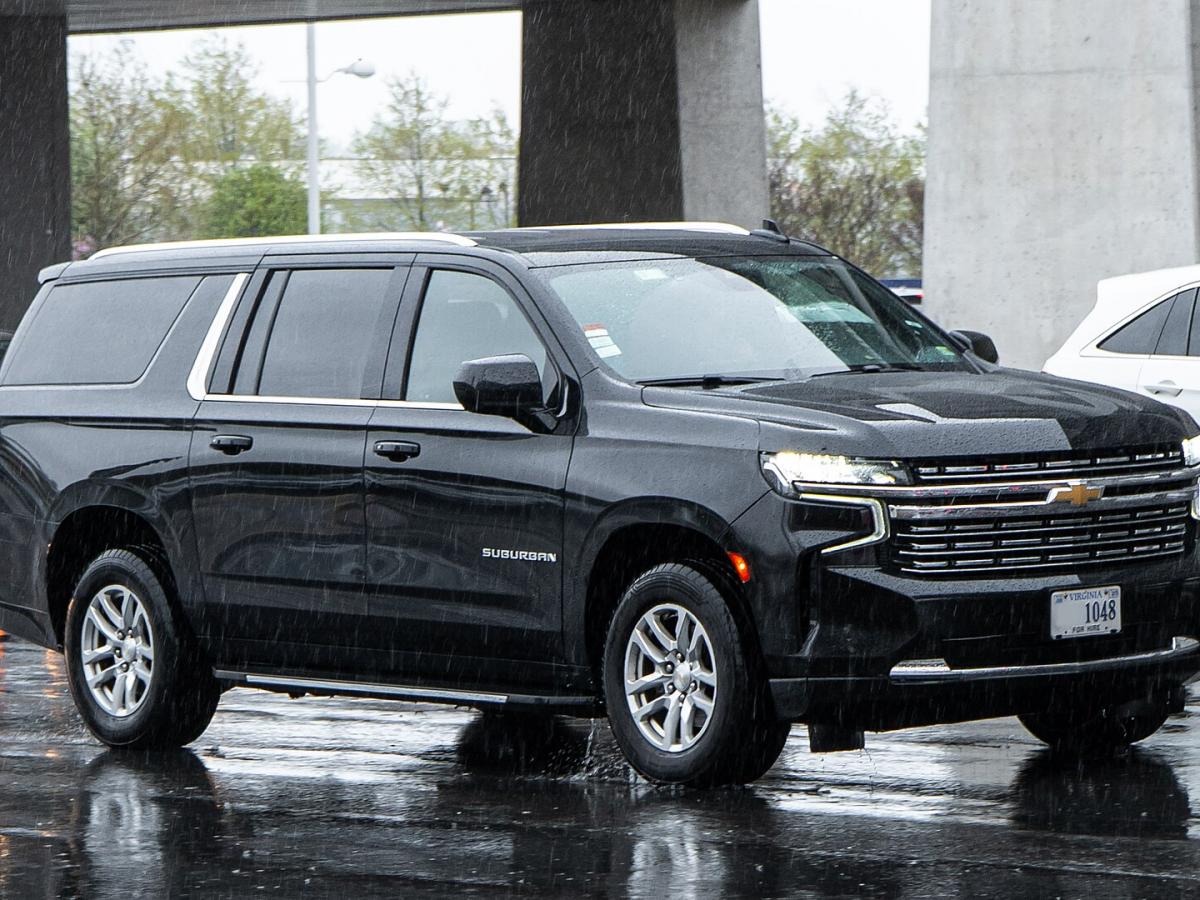
2. **General Motors SuperCruise**
General Motors’ SuperCruise system, available in select Chevrolet, GMC, and Cadillac vehicles, shares many similarities with Ford’s BlueCruise, including its advanced geofencing capabilities and sophisticated driver monitoring technology. While it is a highly capable system, SuperCruise generally trailed its Ford rival, being slightly less competent across most categories, with one significant exception. Its comprehensive approach to hands-free driving on compatible roads makes it a notable player in the driver assistance landscape.
SuperCruise employs its driver monitoring camera to enable continuous hands-free operation in traffic, even allowing the vehicle to remain active after stopping for over 30 seconds, provided the driver maintains visual attention on the road. This feature is particularly beneficial for making long drives more comfortable, as it seamlessly manages stop-and-go conditions. However, Consumer Reports’ testing revealed that SuperCruise’s lane-centring capability, while functional, was not as polished or precise as that observed in the Ford system. Furthermore, in the “keeping the driver engaged” category, SuperCruise received a lower grade. This was primarily due to its design which does not allow for collaborative steering; any driver input, such as attempting to avoid a pothole or giving more space to a cyclist, results in the system immediately disengaging. This lack of flexibility can sometimes make the system feel less natural and more intrusive for drivers. Additionally, while its large green indicator on the steering wheel clearly signals when the system is active, SuperCruise was otherwise found to be one of the more confusing systems to operate in terms of its overall interface.
Where GM’s SuperCruise undeniably scores crucial points over Ford’s offering is in its handling of an “unresponsive driver” scenario, a critical safety measure. Unlike BlueCruise, SuperCruise is equipped with the capability to bring the vehicle to a complete stop within its lane, activate the hazard lights, and even initiate a call for medical assistance if the driver fails to respond to its prompts. This robust safety protocol for driver incapacitation significantly enhances its overall safety profile, providing a vital layer of protection that goes beyond mere assistance. The collaborative use of OnStar, real-time positioning cameras, sensors, and LIDAR further enhances its ability to detect road conditions and curves, contributing to a truly hands-free experience when conditions are appropriate and the driver remains attentive.
Read more about: Steering Towards Tomorrow: Unpacking the 14 Most Advanced Autonomous Driving Systems You Can Get Today
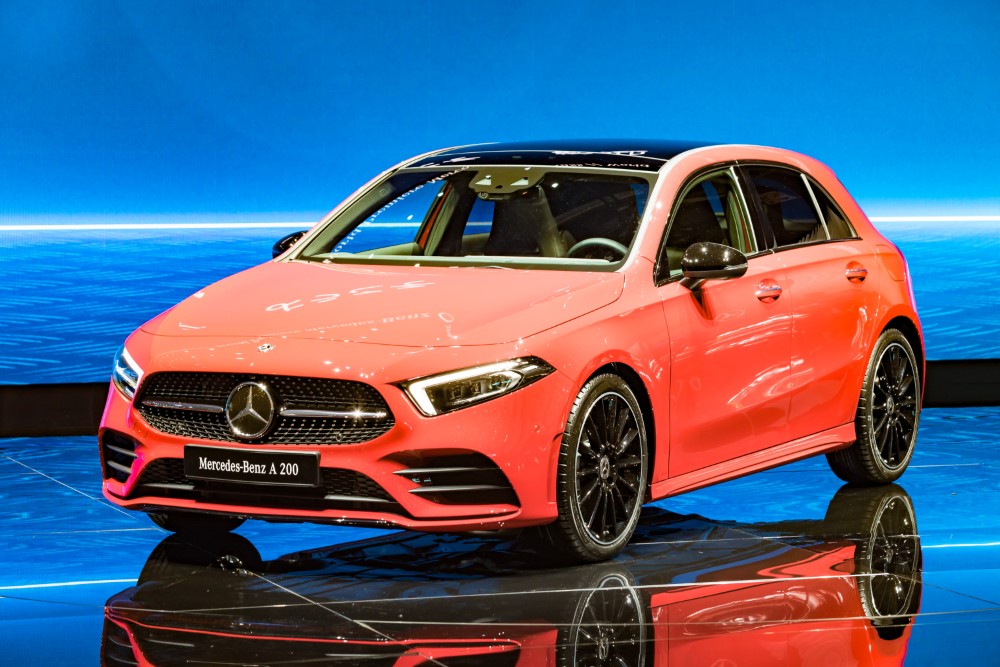
3. **Mercedes-Benz Driver Assistance**
The Mercedes-Benz Driver Assistance system secured a respectable third place in Consumer Reports’ rankings, a noteworthy achievement considering it garnered a perfect score for its intrinsic capabilities. However, its overall standing was impacted by a number of deficiencies, particularly its less-than-clear communication regarding when it is safe to activate and use the system. This discrepancy highlights the crucial balance between raw performance and practical, everyday usability for driver safety.
Testers unequivocally praised the Mercedes technology for its outstanding core performance. It was found to be exceptionally adept at maintaining precise vehicle centering with remarkably smooth steering movements, contributing to a stable and confident driving experience. The system also features well-tuned following distance settings, which intelligently allow the vehicle to maintain a comfortable gap from the car ahead without leaving so much space that other drivers are tempted to cut in—a common frustration with some adaptive cruise control systems. Drivers appreciate the flexibility to choose the force with which the vehicle brakes and accelerates, allowing for a more personalized and natural driving feel. Furthermore, the Mercedes system permits collaborative steering, meaning drivers can make minor adjustments without disengaging the system, and the car’s displays provide a consistently clear indication of the system’s status at all times, enhancing driver awareness.
Despite these impressive capabilities, the Mercedes-Benz Driver Assistance system received criticism for several key safety aspects. Its driver monitoring camera, a vital component for ensuring driver attention, can be manually switched off by the driver, and alarmingly, the system continues to operate even when the driver is detected to be inattentive. Compounding this issue, the vehicle can drive for a significant 30 seconds before an audible warning is issued if the driver is not paying attention, a delay that could be critical in certain situations. Additionally, testers found its settings to be more confusing than those of other systems, and Mercedes-Benz, as an automaker, makes it more challenging for drivers to discern precisely when Driver Assistance can be safely utilized. On a positive note, in the critical scenario of an unresponsive driver, the Mercedes-Benz system demonstrated performance on par with GM’s SuperCruise, effectively stopping the vehicle and activating necessary warnings.
Read more about: 2025 Volkswagen ID.4: The Comprehensive CNET Guide to Its Family EV Credentials

4. **BMW Driving Assistance Professional**
BMW’s Driving Assistance Professional system secured a solid fourth place in Consumer Reports’ evaluations, trailing Mercedes-Benz’s system by only three points. Its strong overall capabilities are a testament to BMW’s engineering prowess, yet its ranking was slightly hampered by what testers described as a slightly confusing layout and interface. This blend of high performance and usability challenges positions it as a competent, though not entirely seamless, driver assistance offering.
The BMW system earned a commendable 9 out of 10 for its inherent capabilities, demonstrating its effectiveness in assisting drivers. A key feature that contributed to its high score is its driver monitoring camera, which enables the system to continue functioning effectively even when navigating through heavy traffic jams. This continuous operation in congested environments, much like SuperCruise, enhances convenience and reduces driver fatigue during stop-and-go conditions. Furthermore, its ability to allow for collaborative steering—where the driver can provide minor inputs without deactivating the system—was a significant plus. The clear and intuitive displays within the car also played a role in its higher placement in the ranking, ensuring drivers are well-informed of the system’s status and actions.
However, several factors held the BMW Driving Assistance Professional system back from achieving a higher rank. Testers noted its average performance in terms of ease of use, suggesting that the system could be more intuitive for drivers to interact with. Its management of an unresponsive driver, while present, was also deemed average, indicating room for improvement in critical safety scenarios where driver incapacitation occurs. Most significantly, the system struggled in its ability to clearly communicate when it is safe to use, earning only 3 points in this vital category. This lack of clear guidance can lead to driver confusion and potentially unsafe usage, underscoring the need for automakers to prioritize transparent operational feedback alongside advanced capabilities. The BMW i7, for instance, features the most recent version of Driving Assistant Plus, which now extends hands-free operation up to 70 miles per hour, a substantial improvement over previous versions, though the emphasis on driver engagement remains paramount, especially with reliance on touch sensors to detect driver presence.
Read more about: Navigating the 2025 SUV Landscape: Kelley Blue Book’s Expert Guide to the Best Two-Row Models for Suburban Families
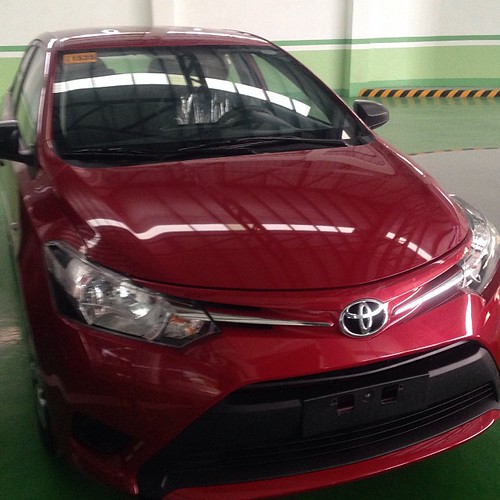
5. **Toyota Safety Sense 3.0 / Lexus Safety System + 3.0**
The Toyota Safety Sense 3.0 and Lexus Safety System + 3.0 combination system achieved an overall score of 65% in Consumer Reports’ assessment, despite demonstrating strong capabilities by scoring 9 out of 10 in that specific category. This notable disparity between capability and overall performance points to critical deficiencies in other areas, primarily its difficulty in clearly communicating to the driver when it is safe to use and its somewhat lax approach to monitoring driver attention. These shortcomings raise important questions about the practical safety of these widely adopted systems.
In terms of raw performance, this technology proved to be quite effective, drawing comparisons to Mercedes’s Driver Assistance system. It excels at maintaining an appropriate following distance, strategically designed to discourage other drivers from cutting in front while simultaneously ensuring a large enough gap for safe braking. This balance is crucial for both traffic flow and accident prevention, providing a smooth and confident driving experience on open roads and in moderate traffic. These systems aim to help drivers avoid collisions, aligning with the core promise of ADAS technology.
However, the system’s operational parameters present significant safety concerns. A major issue identified by testers is its ability to function even when only the center lane marking is detected. While this might seem like a functional advantage, it can inadvertently lead drivers to use the system in unsafe situations. Testers observed that in these specific cases, the Toyota and Lexus system attempts to determine the center of the lane but frequently ends up driving precariously close to the unpaved shoulder, creating a hazardous condition. Furthermore, the driver monitoring function, which is supposed to ensure driver engagement, can be easily defeated simply by keeping a hand on the steering wheel without actively looking at the road. This lax monitoring undermines a crucial safety layer, as it allows for driver inattention without adequate warning or intervention, making the system less reliable in ensuring a truly safe driving environment.
Read more about: 2025 Luxury SUVs: A CNET Deep Dive into Rear-Seat Tech Comparisons

6. **Volkswagen Travel Assist / Audi Adaptive Cruise Assist**
The Volkswagen Travel Assist and Audi Adaptive Cruise Assist system secured a 62% overall score in Consumer Reports’ evaluation, placing it just behind the Toyota and Lexus systems. This ranking indicates a generally competent but not outstanding performance, primarily attributed to slightly lower capabilities and ease of use compared to some rivals. However, it did demonstrate a slight edge in certain critical safety aspects, notably being somewhat better at monitoring the driver and more effectively communicating when it is safe for the system to be engaged.
From a capabilities standpoint, the Volkswagen and Audi system received an 8 out of 10, suggesting it performs its primary functions with reasonable proficiency. Testers did not find any specific features or performance aspects that stood out significantly, either positively or negatively, which could be seen as a testament to its consistent, if unremarkable, operation. The system uses a combination of cameras, laser scanners, radar, and ultrasonic sensors to monitor the environment, similar to many advanced ADAS, and includes steering intervention to keep the vehicle centered in its lane. In some models, it even detects narrow roads to prevent side-by-side driving.
Despite its adequate capabilities, the system’s overall score was pulled down by its performance in certain user-focused categories. While it was deemed slightly better at driver monitoring and communicating safe usage than some lower-ranked systems, it still only received a meager 3 out of 10 in the “clear when safe to use” category. This poor result highlights a significant area for improvement: the system regularly struggled to make it unequivocally clear to the driver when it was safe and appropriate for activation. Such ambiguity can lead to driver confusion and potentially misuse, undermining the safety benefits that these advanced systems are designed to provide. For consumer adoption and trust, transparent communication of operational status is as crucial as the underlying technological prowess. Ultimately, the system’s inability to stand out significantly in any single category, while not necessarily a flaw, meant it did not surpass the competition in overall consumer value and safety communication.
Continuing our comprehensive examination of advanced driver assistance systems, we now turn our attention to the remaining contenders in Consumer Reports’ thorough evaluation. These systems, while offering various degrees of assistance, further underscore the complex challenges and critical nuances in the journey towards safer and more intuitive semi-autonomous driving. From Tesla’s widely recognized Autopilot to less familiar systems, the insights gained provide a deeper understanding of current ADAS capabilities and their real-world implications for drivers.
Read more about: 2025 Volkswagen ID.4: The Comprehensive CNET Guide to Its Family EV Credentials
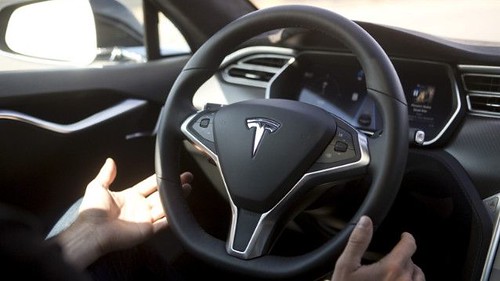
7. **Tesla Autopilot**
Considering Tesla was one of the first automotive manufacturers to introduce an advanced driver assistance system, its Autopilot technology is surprisingly ranked low in Consumer Reports’ evaluations, scoring 61% overall. This system, part of the Full Self-Driving suite, has often been at the forefront of public discussion, yet its performance in critical safety aspects reveals significant concerns. While it demonstrates some strengths, its deficiencies in driver monitoring and safe operational parameters are noteworthy.
Testers acknowledged Autopilot for its smooth inputs and its commendable ability to keep the vehicle precisely centered on curves, suggesting a degree of sophistication in its core steering functions. However, a major concern identified was its tendency to operate effectively even in situations deemed unsafe. Similar to the Toyota/Lexus technology, Autopilot will attempt to locate the center of a lane when only a median line is detected, a characteristic that frequently results in the vehicle straying perilously close to the unpaved shoulder of the road. This behavior introduces an element of unpredictability and potential hazard, challenging the notion of enhanced safety.
Furthermore, Tesla’s system received a poor assessment for its driver attention monitoring. It relies solely on pressure applied to the steering wheel, a method that is less robust than camera-based systems, allowing for greater driver inattention. Alarmingly, the system permits the vehicle to restart after coming to a complete stop for an indefinite period without requiring any direct driver input, increasing the potential for disengagement. Like the Mercedes system, the initial audible warning for an inattentive driver is issued roughly 30 seconds after their hands leave the steering wheel, meaning the vehicle could have traveled half a mile at highway speeds while the driver is not paying attention. This delay is a critical safety gap.
Real-world driver experiences echo these findings. Patrick O’Connor, a Tesla owner, describes Autopilot’s Lane Assist as frustrating due to its over-aggressiveness and poor adjustment to naturally curvy roads. He recounts having to deactivate it because it would jerk his car, mistakenly interpreting proper lane-following on a freeway as swerving. The Insurance Institute for Highway Safety (IIHS) also noted that some Tesla systems continued to switch between lanes without new driver input, even after the vehicle had been stopped for more than two minutes, a practice that can dangerously discourage active driver involvement. Despite its branding, Autopilot remains a Level 2 system that fundamentally requires constant driver supervision.
Read more about: Comparing 2025 Small and Compact EVs: A Data-Driven Guide to Real-World Range and Value for Savvy Consumers
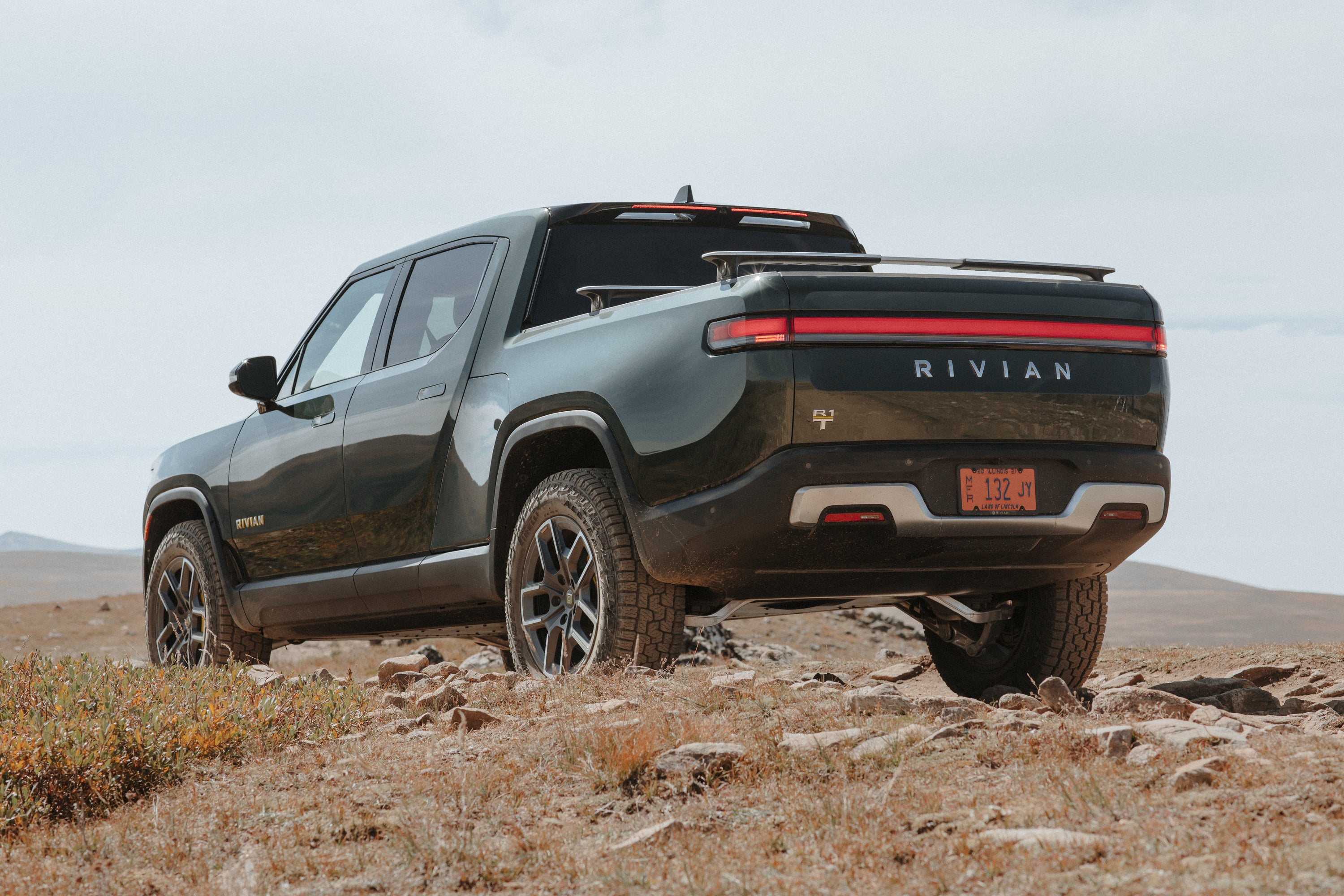
8. **Rivian Highway Assist**
Rivian’s driver assistance technology, known as Highway Assist, scored 59% in Consumer Reports’ assessment, placing it just behind Tesla’s Autopilot. While its overall capabilities were rated lower than some competitors, it demonstrated notable strengths in safety and ease of use, as well as improved management of an unresponsive driver compared to several other systems. This suggests a design philosophy that prioritizes fundamental safety elements, even if its autonomous capabilities are not as expansive.
One of the system’s commendable attributes is its transparent communication of operational status to the driver. This clarity is crucial for ensuring that drivers understand when the system is active and what it is doing, reducing confusion and fostering trust. Additionally, its implementation of geofencing helps ensure that Highway Assist is utilized exclusively in safe and appropriate environments, such as divided highways, thereby mitigating potential misuse in more complex driving scenarios where its capabilities might be overtaxed. This controlled activation contributes significantly to its overall safety profile.
However, Rivian’s system does have areas ripe for improvement. Testers noted an inability to allow for collaborative steering, meaning any minor driver input could lead to system disengagement, potentially making the driving experience less fluid and more interruptive. A significant drawback is the absence of a camera-based driver monitoring system, which consequently permits a greater degree of driver inattention than is ideal for a hands-on system. This reliance on less direct methods for driver engagement represents a potential safety vulnerability that could be addressed in future iterations.
The broader Rivian Driver Plus package, which includes Highway Assist, integrates a suite of essential safety features. These encompass automatic emergency braking, forward collision warnings, lane departure warnings, blind spot monitoring, rear cross-traffic alerts, and automated high beams. These foundational technologies work in concert to provide a comprehensive safety net, addressing common accident scenarios and contributing to a safer driving environment. While Highway Assist itself has limitations, the robust complementary systems offered by Rivian enhance overall vehicle safety.
Read more about: Navigating the 2025 SUV Landscape: Kelley Blue Book’s Expert Guide to the Best Two-Row Models for Suburban Families
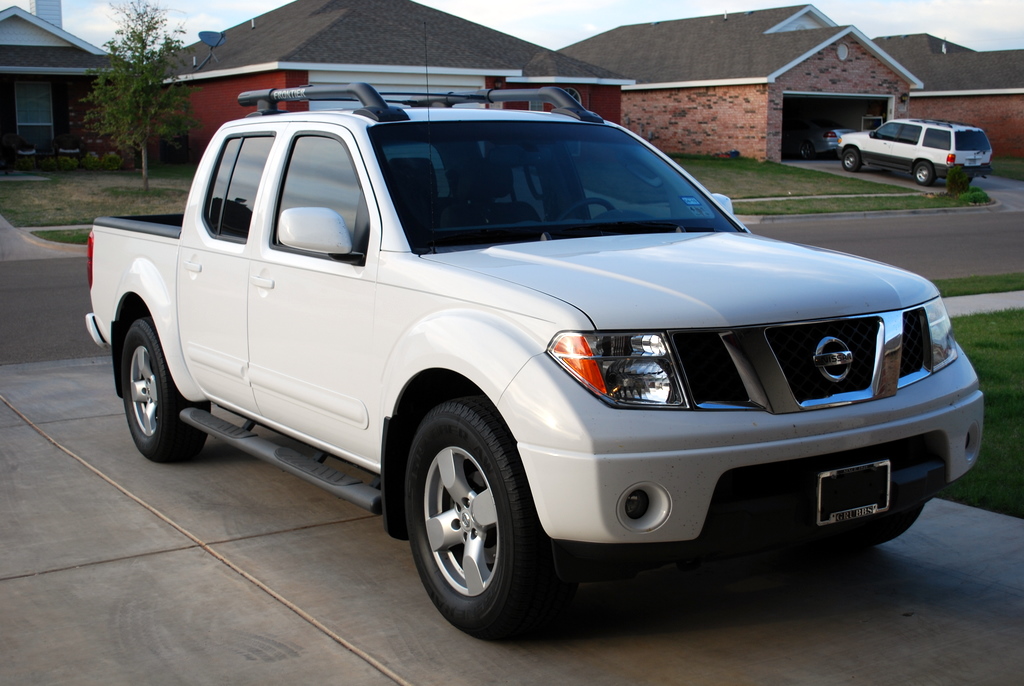
9. **Nissan / Infiniti ProPILOT Assist**
The ProPILOT Assist system, utilized in Nissan and Infiniti vehicles, proved to be one of the more disappointing systems tested by Consumer Reports, achieving a joint score of 58%. A primary factor contributing to this lower ranking was a significant lack of effective driver monitoring, a critical component for ensuring safe operation of Level 2 ADAS technologies. This oversight raises concerns about how well the system can truly ensure driver engagement and prevent distraction.
Beyond the monitoring issues, testers also found the system’s one-touch operation, which at first glance appears intuitive, to be surprisingly confusing and less user-friendly than anticipated. Drivers reported needing to navigate through various menus on the center screen to adjust certain settings, an interface design that can distract from the primary task of driving and undermine the intended ease of use. Such complexity can deter drivers from fully utilizing or correctly configuring the system, negating its potential benefits.
However, the ProPILOT Assist 2.0, an evolution of the system, does offer a more integrated experience. It functions as a hands-on system, combining Nissan’s Intelligent Cruise Control with Steering Assist. This iteration includes a stop-and-hold function, which can bring the vehicle to a complete stop and hold it in place, a convenience for congested traffic. The system also leverages navigation linkage, syncing with mapping data to provide enhanced foresight for better predicting freeway conditions, aiming to smooth out the driving experience.
Newer features within the ProPILOT Assist framework, such as ‘Speed Adjust by Route,’ demonstrate an effort to refine the system’s intelligence by assisting the vehicle in reducing speed for tight curves, thereby enhancing comfort and safety. Additionally, ‘Speed Limit Assist’ uses a camera to detect posted speed limits and automatically adjusts the vehicle’s maximum set speed. While these advancements aim to improve functionality, the foundational issues of driver monitoring and interface clarity remain critical areas that need robust attention for ProPILOT Assist to ascend in reliability and consumer trust.
Read more about: Steering Towards Tomorrow: Unpacking the 14 Most Advanced Autonomous Driving Systems You Can Get Today
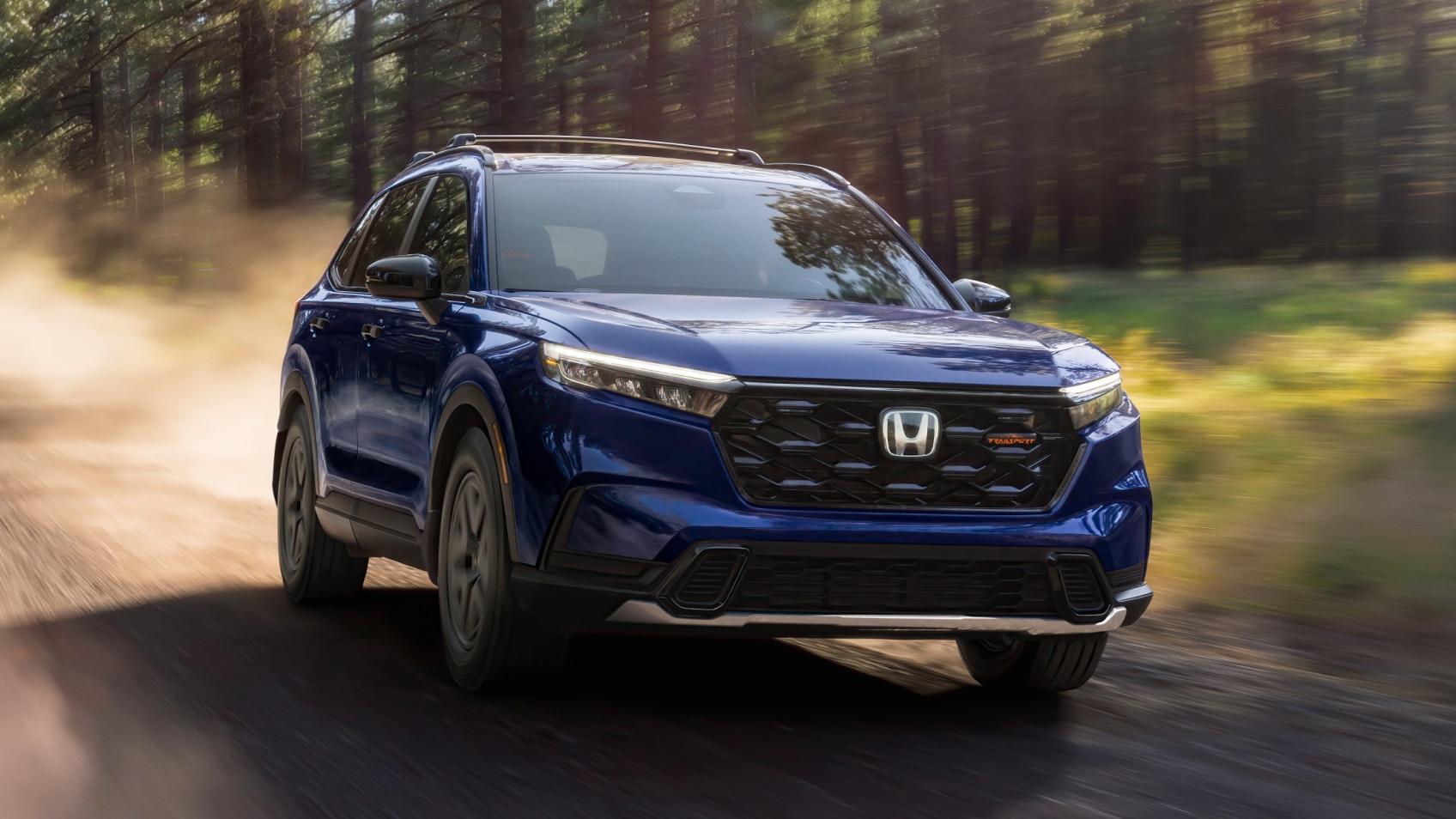
10. **Honda Sensing / Acura AcuraWatch**
Honda Sensing and Acura AcuraWatch, the combined driver assistance technology found in Honda and Acura vehicles, received a score of 58%, matching that of Nissan and Infiniti. However, this identical score belies different strengths and weaknesses, with Honda’s system demonstrating greater capability and ease of use in certain respects, yet presenting concerning deficiencies in a critical safety scenario. This highlights the varied approaches automakers take to ADAS development.
On the positive side, Honda’s technology proved to be more capable and user-friendly, largely due to its thoughtful design featuring separate controls for adaptive cruise control and lane-centring assist. This allows drivers to easily switch between the system’s modes of operation, providing a more intuitive and less cumbersome user experience. Such clarity in control can reduce driver frustration and enhance the likelihood of correct system engagement, making it a more appealing option for daily use.
However, a significant and alarming concern surfaced regarding how this system manages an unresponsive driver. Unlike systems that actively intervene, Honda Sensing and AcuraWatch will simply deactivate if the driver fails to touch the steering wheel within a designated period. Crucially, it does so without initiating any vehicle stopping procedure or activating hazard lights. This means that a driver experiencing a medical emergency or falling asleep could find their vehicle suddenly losing its lane-keeping and speed-management capabilities, potentially leading to the vehicle running off the road or colliding with another vehicle, posing a grave safety risk.
The Honda Sensing package is marketed as an intelligent suite of driver assistance features designed to alert drivers to potential hazards they might miss. It is developed based on external recognition technologies, allowing the system to recognize the environment in front, to the side, and behind the vehicle. Its primary goal is to assist the driver in achieving safe driving by actively working to avoid collisions. While these preventative aspects are valuable, the critical gap in its unresponsive driver protocol remains a serious limitation that demands urgent improvement to ensure comprehensive safety.
Read more about: Beyond the Daily Commute: A Deep Dive into the 2025 Acura MDX’s Long-Distance Comfort and Capability
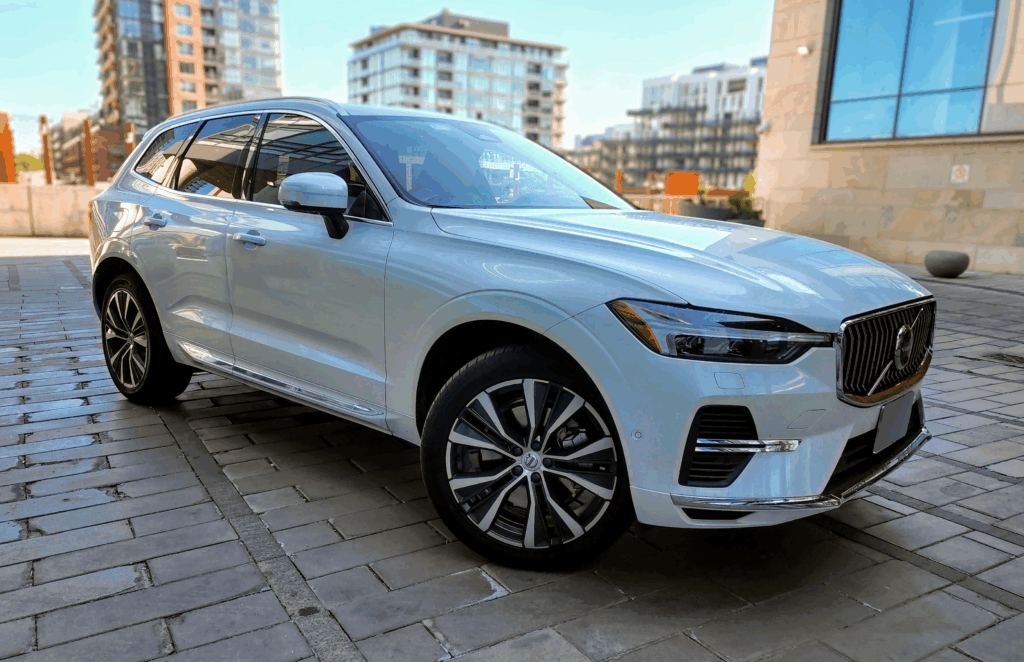
11. **Volvo / Polestar Pilot Assist**
Rounding out the top ten, the Volvo and Polestar Pilot Assist system earned a score of only 53%, making it the second-worst system among the twelve tested in this evaluation. This lower ranking is attributed to a combination of factors, including being among the least capable systems and scoring particularly low in the crucial category of “clear when safe to use.” These findings indicate significant room for improvement in both performance and user communication.
A primary reason for its poor showing in communicating safe usage is the system’s tendency to regularly, and seemingly randomly, switch to stand-by mode without providing a clear warning to the driver. In this stand-by mode, the adaptive cruise control component remains active, maintaining speed and distance, but the vehicle ceases to provide steering assistance. This partial deactivation can be particularly dangerous if a driver has not noticed the change, leading to a sudden and unexpected loss of lane-keeping support, which could result in an accident, especially on curved roads or in high-traffic situations.
Meighan Offield, a Volvo driver, articulates a common user frustration, stating she avoids adaptive cruise control because it makes her feel disengaged from actually driving. She also notes that the adaptive cruise control component brakes and accelerates too harshly when other cars move in and out of her lane, making her prefer to remain in control. Furthermore, her experience with Volvo’s Rear Auto Brake (RAB) mirrors similar complaints from other drivers: the system aggressively auto-brakes on her sloped driveway, senselessly triggered by unlevel pavers, causing startling and unnecessary interventions.
While Pilot Assist is designed to help the driver maintain the vehicle between side markings and keep preselected time intervals and speeds on motorways and similar roads, contributing to comfortable driving, its current implementation has clear shortcomings. To address the issue of unexpected stand-by mode and enhance driver monitoring, Volvo acknowledges that the addition of a driver-facing camera is planned for upcoming models, such as the Volvo EX90 and Polestar 3. This upgrade is a crucial step towards improving the system’s reliability and ensuring greater driver engagement, hopefully mitigating the current safety concerns.
Read more about: Unpacking the 2025 Volvo XC90 B5 Safety Ratings: A Deep Dive into Crash Tests and Advanced Protection for Informed Buyers
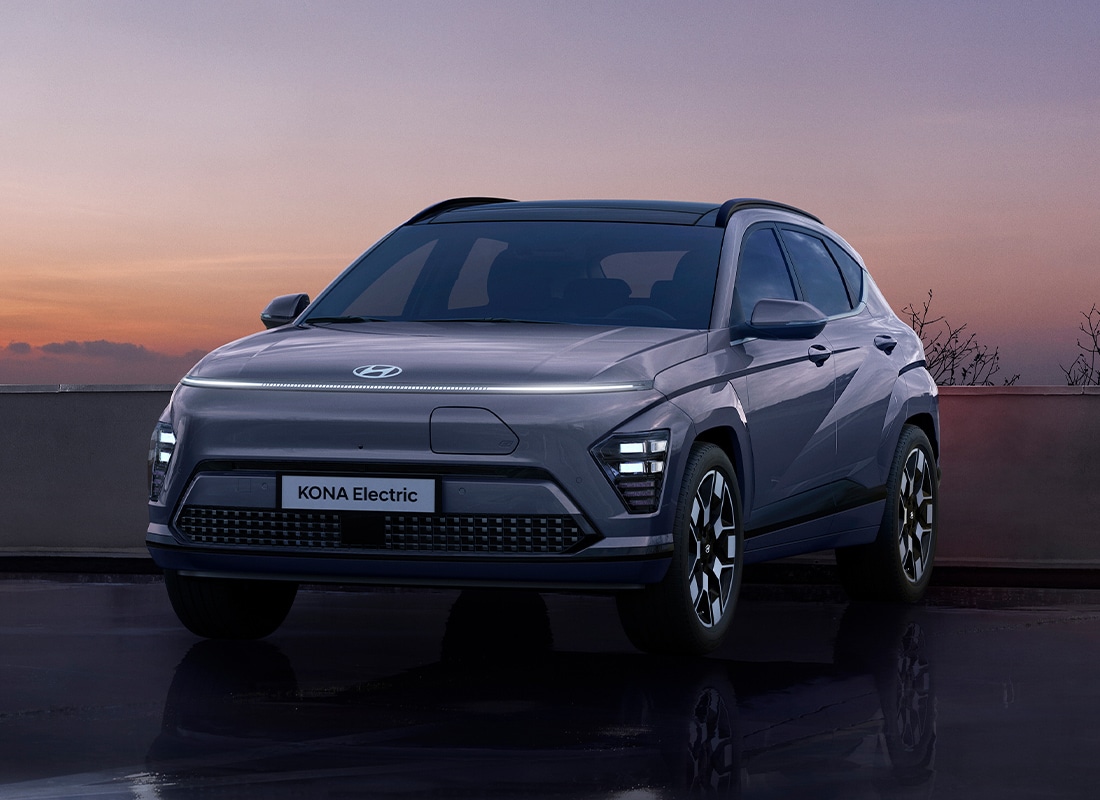
12. **Hyundai / Kia / Genesis Highway Driving Assist**
The system that fared the worst in Consumer Reports’ rigorous testing was the Highway Driving Assist from Kia, Hyundai, and Genesis, which secured an overall score of only 47%. This represents the lowest performance among all twelve advanced driver assistance systems evaluated, indicating substantial areas needing development and refinement before these systems can truly enhance driver confidence and safety. Despite advancements in other areas, the core functionality shows clear deficiencies.
A notable complaint against this technology was its inability to consistently keep the vehicle centered within the lane, particularly on some curves. Testers also observed a “ping-pong” action on some straightaways, where the vehicle would noticeably drift from one side of the lane to the other rather than maintaining a smooth, central path. Such erratic behavior not only diminishes driver comfort but can also create a sense of unease and necessitate frequent driver intervention, undermining the very purpose of a driver assistance system.
Furthermore, the Hyundai/Kia/Genesis system’s response to an inattentive driver is critically flawed, mirroring the concerning approach seen in the Honda system. If the driver is detected to be inattentive, the system simply turns off without taking any action to stop the vehicle or ensure driver safety. This passive disengagement in a critical scenario means that an incapacitated or severely distracted driver could be left in a perilous situation without any automatic safeguards, a significant lapse in a technology designed to prevent accidents. Ashley O’Connor, a Kia owner, describes her Smart Cruise Control as helpful but needing more fine-tuning, noting it “abruptly swerves and does not seem to have as much distance awareness as the system in my husband’s Tesla.”
Despite these significant performance and safety concerns, the Highway Driving Assist did receive a positive mention for its ease of use, coming in first in this specific category due to its separate controls for each function. While intuitive controls are a benefit, the fundamental issues with lane-keeping accuracy and the concerning unresponsive driver protocol highlight a crucial imbalance. For a system to be truly valuable and trustworthy, ease of use must be coupled with robust, reliable performance and comprehensive safety measures that protect drivers even when they become unresponsive.
Car Model Information: 2020 Hyundai PALISADE SEL
Name: Hyundai Genesis
Caption: #DH
Manufacturer: Hyundai Motor Company
Production: Genesis G80
Class: Executive car
BodyStyle: sedan (automobile)
Layout: Front-engine, rear-wheel-drive layout,Front-engine, four-wheel-drive layout
Successor: Genesis G80
Categories: 2010s cars, All-wheel-drive vehicles, All Wikipedia articles in need of updating, All articles with dead external links, All articles with unsourced statements
Summary: The Hyundai Genesis (Korean: 현대 제네시스) is an executive car manufactured and marketed by Hyundai Motor Company over two generations from 2008 until 2016, before it was renamed the Genesis G80. It is a five-passenger, four-door, rear- or all-wheel-drive sedan.
Introduced in concept form at the 2007 New York International Auto Show, and internally designated as the BH model, the Genesis was expected to cost $533 million to develop. Hyundai began marketing the first generation Genesis worldwide (except in Europe) in 2008 as a “premium sports sedan”. The second generation Genesis (model DH) debuted in Seoul, Korea in November 2013 followed by the 2014 North American International Auto Show and Toronto Auto Show.
On 4 November 2015, Hyundai announced that the name Genesis and Hyundai’s second generation luxury model would move to a new and separate luxury division, Genesis Motor. The Genesis — as a Hyundai model — was replaced in actuality in 2017 when the second generation Hyundai Genesis was renamed the G80. The move followed the model’s success in the luxury market, paired with consumer acceptance of the Genesis nameplate.
Get more information about: Hyundai Genesis
Buying a high-performing used car >>>
Brand: Hyundai/Kia/Genesis Model: Highway Driving Assist
Price: $22,884 Mileage: 82,599 mi.
Read more about: 2025 Luxury SUVs: Why the Backseat is Becoming the New Front Row of Automotive Indulgence
Our in-depth analysis reveals that while the automotive industry is making significant strides towards automation, the current landscape of Level 2 driver assistance systems is a mixed bag. From the top-ranked Ford BlueCruise to the lower-performing Hyundai/Kia/Genesis Highway Driving Assist, it’s clear that performance, safety protocols, and intuitive communication vary dramatically across manufacturers. Consumer Reports’ rigorous evaluations underscore that many systems, despite their advanced capabilities, still grapple with fundamental issues like reliable driver monitoring, clear operational feedback, and safe responses to unresponsive drivers. While the promise of reduced fatigue and enhanced safety is compelling, the reality is that drivers often find these systems intrusive, unreliable, or even startling, leading many to disengage them. As the National Highway Traffic Safety Administration (NHTSA) mandates emergency braking systems as standard by 2029, automakers face the imperative to bridge the gap between technological prowess and natural, predictable, human-like driving. The road to fully autonomous vehicles is indeed a long and complicated one, and until these systems can consistently mimic human anticipation and reliability, active driver engagement and a critical understanding of ADAS limitations remain paramount for everyone on the road.

